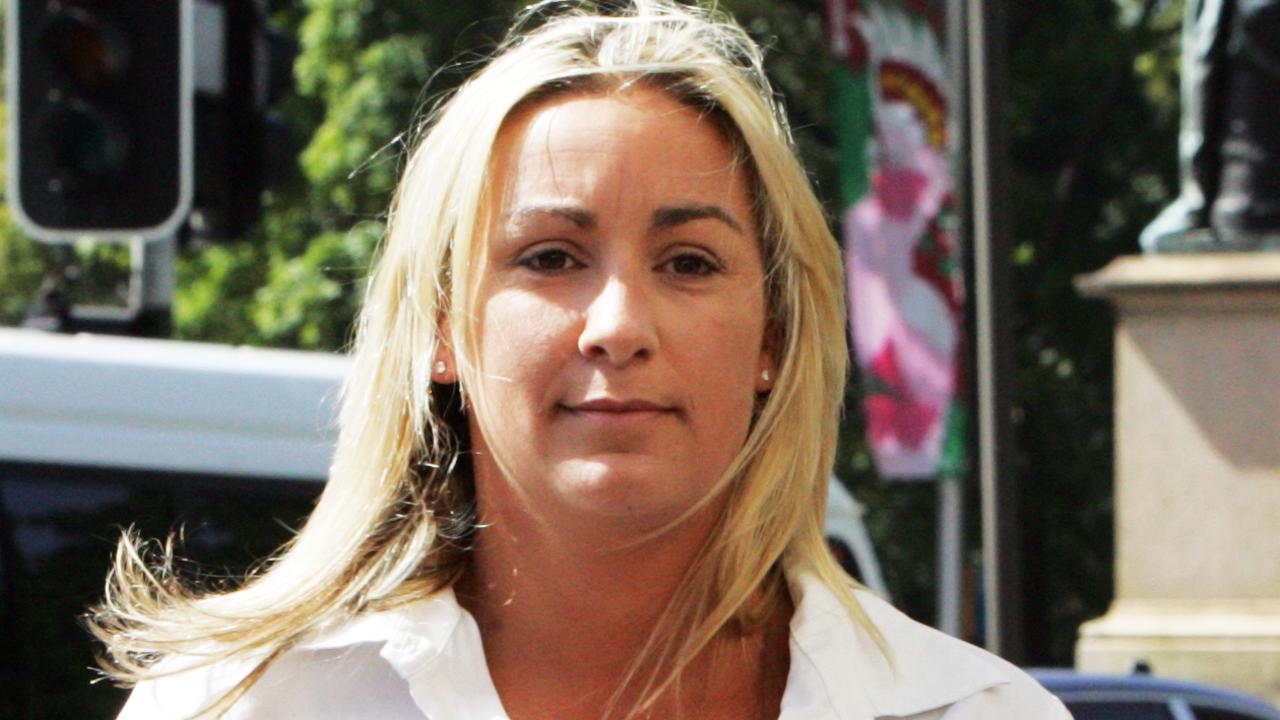Inside the secret world of a police sniper
He’s protected royalty and presidents. Now, NSW Police sniper “Fingers” opens up on his closed world to show it’s not all about looking through the cross hairs of a scope.
As he lay prone behind an electrical box with bullets zinging above his ears, a lot was going through Fingers’ mind.
Three men already lay dead, killed by a gunman carrying a 30.06-calibre semiautomatic rifle and a shotgun and about 200 rounds of ammunition, and now four police officers were being pinned down in the gutter being shot at, with another dozen cops behind them, cowering behind their squad cars.
The highly-trained NSW Police sniper, nicknamed Fingers, was on his way to what he was expecting to be a standard, albeit dangerous, street arrest when he and his four-man team were re-tasked to take the gunman down.
Undercover: Rookie female cop’s harrowing drug mule mission
True Crime Australia: Notorious police killer walks free
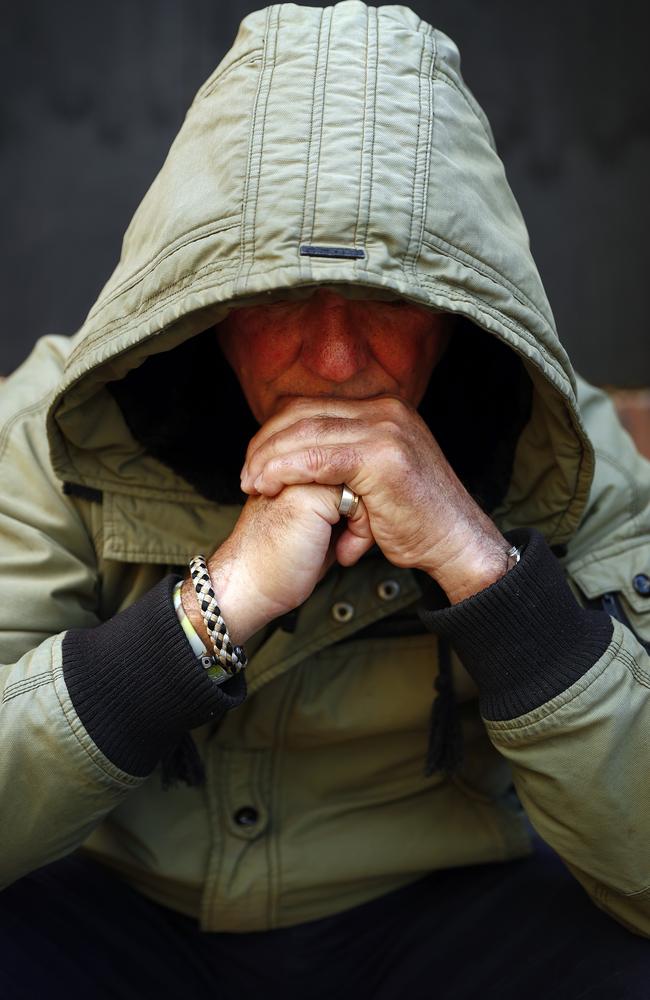
Fingers had had no time to get his “golf bag” of sniper kit including his scoped Mauser 86SR or Sako 85 bolt action, so had to rely on his Heckler & Koch MP5 sub machine gun, designed for close-quarter battle with minimal long-range capability, no scope only open sight, meaning he had to get to within 50m of his target.
Now lying prone 55m out, close enough he thinks, he too is spotted and being shot at. He estimates range, speed, wind drag, point of aim and external ballistic motion pushing the round down. Orders are there, ‘total incapacity’ required, the kill shot, and he decides he has to aim one foot above the 6ft 2ins gunman, to get a clean head shot away.
Nearby, there is a kids’ park and further down, a crowd that would swell to several hundred had started to emerge outside the Burwood Westfield, in New South Wales, after hearing sirens and gunfire.
It was almost two years to the day since the Strathfield Massacre; Fingers was at that one too.
He wonders if he is justified to take the kill shot now and takes in his surrounds, blocking out the sirens, gunfire, screams and yelling and in the distance children playing, before he goes into a breathing cadence, inhale, exhale, finger now straining on the trigger … this day was supposed to be very different.

The world of the sniper or marksman is not one often seen outside of the Hollywood war movies where everyone walks away a hero from the pull of a trigger. But there is so much more to it and it usually only gets spoken about by those and for those in the inner circle of such activity.
But Fingers, one of Australia’s most experienced police marksmen with more than two decades on the tools, has agreed to take True Crime Australia through this usually closed world, to show it’s not all about looking through the cross hairs of a scope.
He has had the “over watch” sniper’s role for three visiting US Presidents, multiple members of the Royal Family and the Israeli Prime Minister, and stopped multiple targets from Australia’s underbelly and for it received multiple awards, including the NSW Police Commissioner’s Commendation for Courage and Devotion to Duty, Commissioner’s Olympic Citation, Commissioners Commendation for Outstanding Leadership and Devotion to Duty, Commissioners Unit Citation for Outstanding Bravery, seven force citations and the National Medal and subsequent clasps.
He has also devised protocols and procedures now textbook in tactical policing but he doesn’t seek fame, just an understanding of what a marksman does.
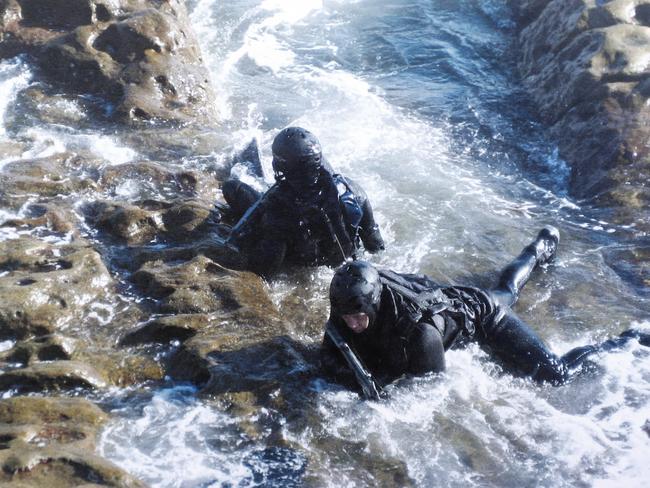
Fingers was never into guns before he joined the NSW Police and got a .38 special police revolver.
He was a uniformed officer in the Liverpool area, before going plain-clothed and joining the legendary 21 Division, flying squad for high end criminals and major incidents and later two Major Crime Squad and CIB.
His abilities noted, he was put in the Police Tactical Group, an Australia-wide elite police clique designed to combat high-risk incidents that today is a cornerstone to the Federal Government’s National Counter Terrorism Plan.
They are interoperable, which means being available for call outs nationally as required; famously PTG Special Operations police from Melbourne were dispatched to help Tasmanian counterparts during the Port Arthur massacre.
Those in the course have to undertake rigorous training with the Special Air Service Regiment (SAS) to become a true Yellow Back or Tarmac Lizard, the nickname for snipers.
Fingers spent time with the SAS (nicknamed chicken stranglers or snake eaters) Tactical Assault Group (TAG) at their secretive Campbell Barracks at Swanbourne in Western Australia.
There was training too in New Zealand with their police Special Tactics Group (CT teams) and also at what is now the Defence Research and Development Canada (DRDC) in Suffield, Canada, on dealing with chemical, biological radiological, nuclear and explosive (known as CBRNE) incidents.

“It was hard s---,” Fingers recalled. “The course went for a bit over three and a half weeks, night and day, we were at their mercy. The course didn’t just capture shooting aspects, which is not what sniping or marksman is all about.
“It’s about a myriad of things, it’s about planning, it’s about appropriate weapons for certain circumstances, it’s about walking into, for argument’s sake, bushland or national forests and more importantly when you reach your objective and almost achieving your mission statement, engaging the target.”
It wasn’t long before Fingers was taking the Sierra 1 call sign, the senior sniping lead on the ground.
“It’s not just a point, squeeze and shoot,” he said
“You’ve got to be a marksman, but you have also got to be a planner, you have to be able to deploy your teams to cardinal points to ensure two things in terms of the sniper’s role.
“The sniper has two roles, intelligence gathering and the second one is the commit to the resolution of a pre-planned deliberate action or otherwise. That’s a ballistic intervention.”
The intelligence gathering is a primary role, looking through a scope or binoculars for hours upon hours to study movement and patterns of targets. If there are no internal technical monitoring capabilities, then its old-fashioned recording of movements to report back to tactical teams who will eventually carry out the DA (Direct Action) assault plan.

You have got to be special mentally to sustain the rigours, including waiting for the “line in the sand” to justify your actions, to take that shot.
“I’ve looked down snipers’ scopes for years and you come to recognise fear and anxiety on people’s faces,” Fingers said. “More so, you come to recognise when you see their hopes are failing, you can see it and you also see this sort of unspoken term on their faces ‘when are you going to help me?’, as if they know someone is watching.
“Looking at close range through the scope at their faces and they are quietly calling out for help, I contemplate my own headspace … ‘the time is not right, time not right’, but I can’t tell them that even.
“You have got to keep control until that line in the sand is drawn, until it is justified.”
That line in the sand can take hours, Fingers once spent 17 hours waiting for a siege target, not straight though, but with a “Mule” a second sniper whose job could be observation and kit carrying.
Most snipers travel with a “golf bag” component for the variables in any situation.
Primary weapons Mouser or H&K semi auto, secondary weapon M4 with optics on. The H&K has a purpose if you have to shoot through glass — the first round penetrates the glass, the next two go through and find their mark.
You take the golf bag so you don’t have to keep running back to the CP (command post) to collect weapons. The M4 is for if the target gets out of perimeter — its 100m range will do the job.
In the golf bag there may also be an H&K 40mm gas gun, optics like binoculars, water and feed.
“Breathing, you develop a cadence when you are behind the weapon,” Fingers said.
“It’s normal cadence, inhale, exhale, and when you engage in the shot and the shot is being taken the breathing is on the downhill, exhale, hold, your whole body is still for seven seconds at that bottom. That’s when you engage if you are going to engage. Squeeze the trigger.”
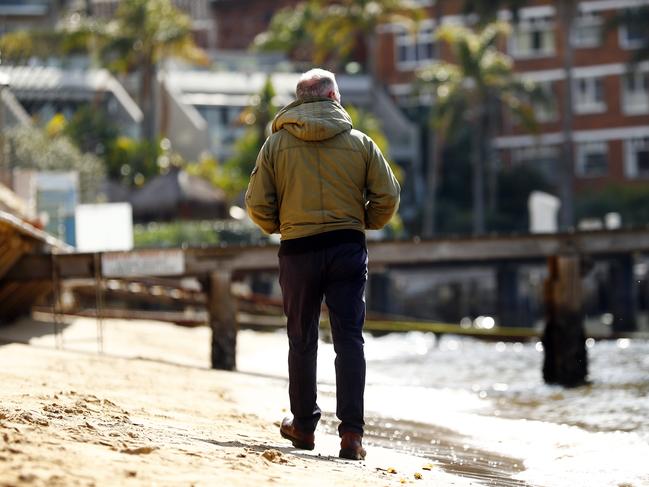
That Burwood day on August 26, 1993 was not like a normal siege or high-risk arrest with three already dead and potentially more to come unless the madman was stopped.
Fingers had to look at his “two catches”. First catch is the target and a clean hit, second catch is the background, and you can’t engage unless he is in a firing line because the second catch could inadvertently be one of those innocent bystanders at Westfield.
The armed man ran into the firing line and Fingers thought quickly about his justification before squeezing his trigger.
“You have to have that justification, that justification was lying in the gutters next to me, those cops being shot at and three dead people, no dramas that’s my justification, I crack a round. Waiting, his hand goes down his leg but he keeps walking till he gets to a post looks at his hand and there’s blood.”
The headshot missed but the bullet hit his body and he dropped.
FOLLOW: True Crime Australia on Facebook
By day’s end, Fingers fellow tactical officer, nicknamed ‘Colonel’, was also wounded in the melee and was taken to hospital with a bullet fragmentation injury.
“I never took my work home, my then wife knew where I worked, she had a little bit of an understanding of what I did and where I worked,” he said.
“Looking back I regret a bit, not because (of) being in the cops or an environment where you work among tragedy or badness, but because you don’t get many moments where you go home and talk to your partners.
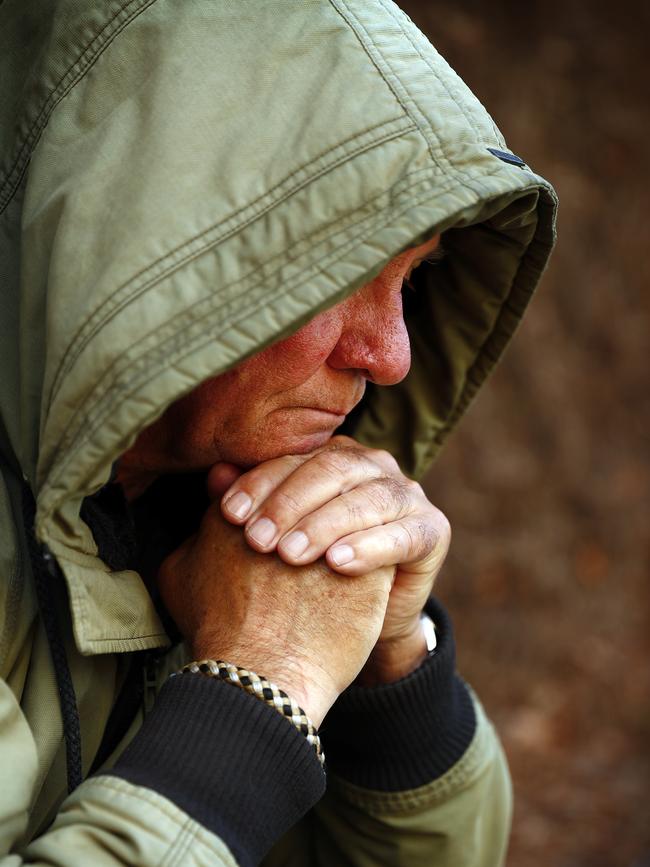
“To go home and say, ‘I did this and that today’ in terms of sniping, you know something would go over their heads and is best left at work, and I did that.
“In terms of social life around sniping … August 26 was my brother’s birthday.
“That night I was planning on a dinner together, but I had just shot someone and I had to go home that night and play it all out.
“I had to think, ‘That’s behind me … that’s compartmentalised now go out and enjoy my brother’s birthday with the rest of my family’.
“It’s a big leap to go from one to the other. I could sit there and enjoy myself, but at the back of my headspace is, ‘This is what I did, it was justified. I know I have to go be interviewed tomorrow about this, about why I did things, I know that is going to happen and I’m happy’.
“Could I have done it another way because ultimately the question was, ‘Could there have been an alternative to lethal force?’ In this case, there was no alternative, containment negotiation was not going to work with this bloke. He’s alive, more justification if he wasn’t. Execution phase of shooting, all these things going through my head space then.”
Originally published as Inside the secret world of a police sniper

